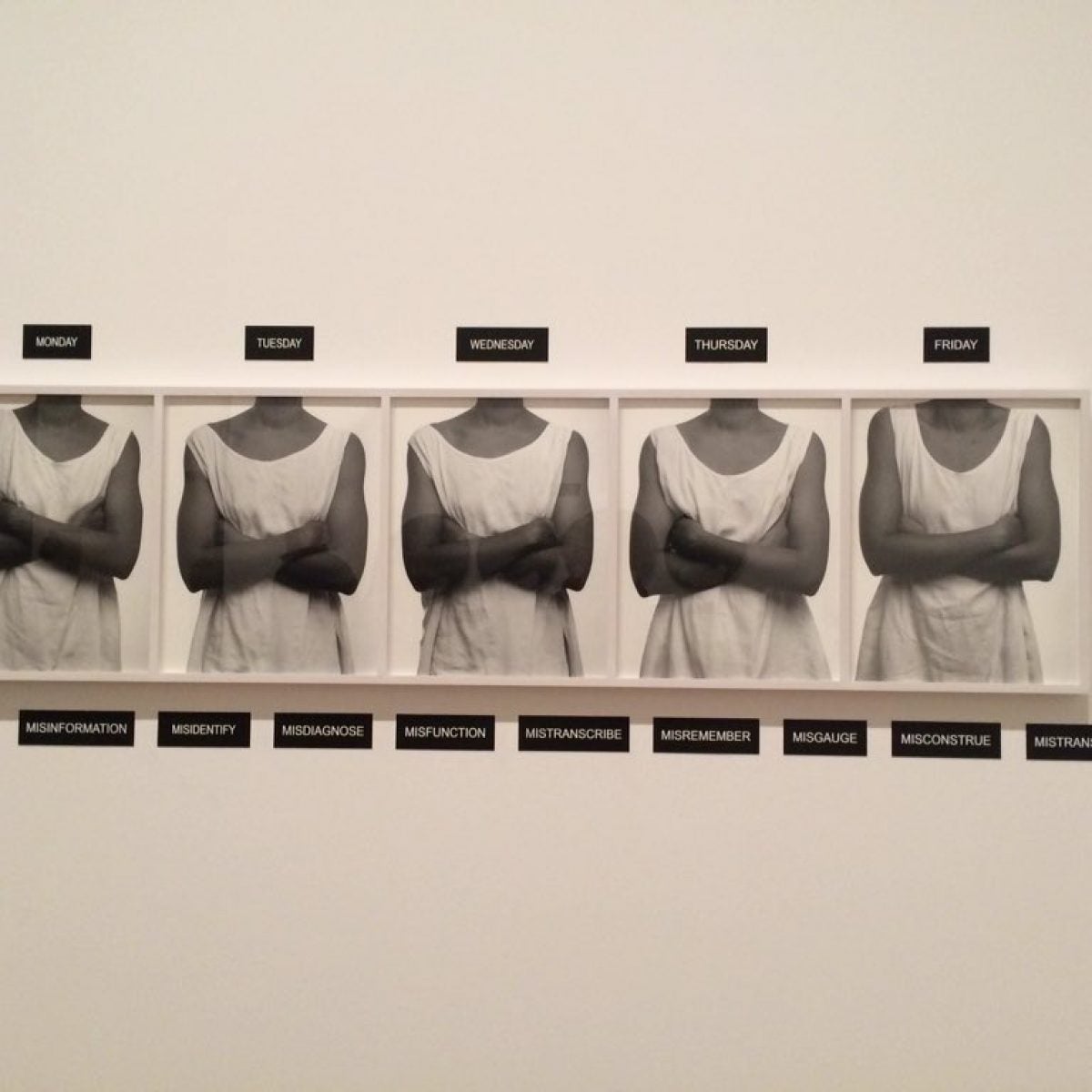5 Things You Need To Know About Artist Lorna Simpson

Our January/February 2021 issue is a collaborative effort between global pop star and entrepreneur Rihanna and celebrated artist Lorna Simpson. Simpson has been heralded for her work in the arts, specifically her collages of Black women.
“[Collaborating] with Rihanna and ESSENCE magazine is quite incredible,” Simpson said to us while on set of her collaboration with Fenty Beauty and Fenty Skin founder. “As an artist, I’m able to deliver these unusual images of someone who is so well-known and so recognizable… It’s an amazing opportunity.”
Simpson became well known for her work in the 1980s, as she explored identity politics through mixed media. She studied photography at the School of Visual Arts in New York and went on to receive her MFA from the University of California at San Diego.
At the onset of her professional career, Simpson brilliantly used excerpts from Ebony and Jet magazines to depict the beauty of the Black woman. She believed it was important to showcase this, since beauty ads showed the “before” and “after,” as if to insinuate she did not possess beauty before. She said to Tate Modern, “They’re very funny because the women don’t look like before and after like they needed make-up or improvement, it’s more like their attitude changes in some kind of weird way.”
As a mixed media artist, she manipulates text and implements it into her photos to give the viewer pause when analyzing her work, like in her 1991 piece “The Five Day Forecast.” The piece shows a Black woman dressed in the same simple, white cotton dress, with her arms folded with the days of the week written above her. With this, Simpson explores the anger that comes from the exploitation of Black women in the workplace, as she illustrates race, gender, and class with the snapshots. She also added various words with the prefix “mis” to the bottom of the piece, which is meant to be a play on “miss,” a title for women, as well as a prefix that indicates displeasure.

In conversation with ArtNet, Simpson explained how she gives a narrative to how race and gender shape the way we interact with this world saying, “I do not feel as though issues of identity are exhaustible. I feel that my critique of identity, which in the past work may be the most obvious, becomes the foreground or recedes given the structures of the text or the type of narrative that I impose on the work.”
Her work has been displayed in museums like The Museum of Modern Art and Studio Museum in Harlem, both in New York; The Museum of Contemporary Art in Los Angeles, and more. Keep scrolling to learn more about Lorna Simpson.





